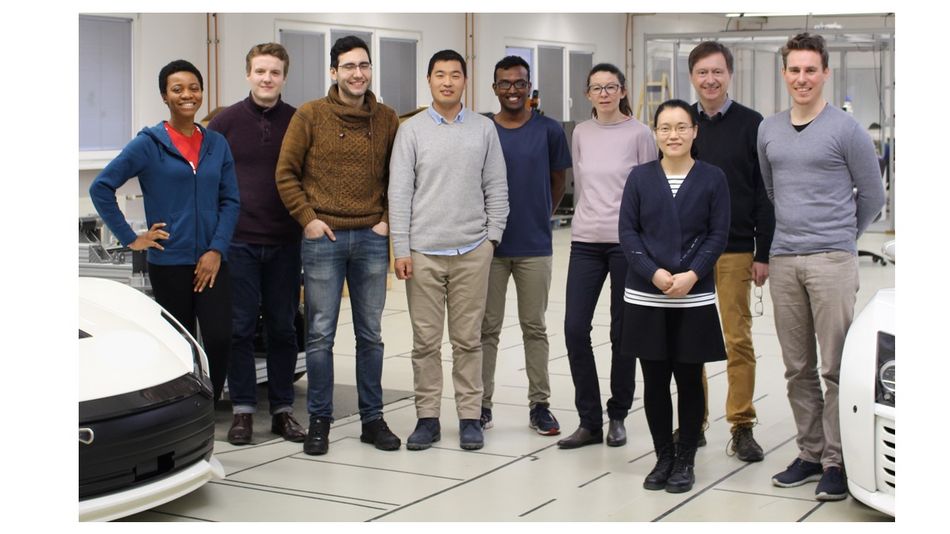ECRG - Electrochemical Research Group
Electrochemistry has an ever increasing impact in everybody’s daily life. Apart from the fact that many physiological processes in our body depend on electrified interfaces and electrochemical processes, electrochemical energy conversion and storage are directly at work in consumer batteries (like in notebooks, smart phones and car batteries) and, increasingly, in fuel cells. Many objects of daily life, like screws, nuts, electrical connectors have been surface finished by electroplating processes, to protect them from corrosion (an electrochemical process as well) or to improve functional properties like electronic conductivity. Even more, the manufacturing of all printed circuit boards in electronic devices contains electrochemical steps for the plating of the interconnects. Even though a lot of progress has been made in the past one hundred years in the understanding and application of electrochemical processes, there is still a tremendous amount of research required in order to achieve a comprehensive understanding of the often rather complex electrochemical processes, and to apply the existing and new knowledge to develop new electrochemical processes (and modify existing ones), better materials for electrochemical devices, and to devise entirely new fields of application. The Electrochemical Research Group at TUM aims at contributing to this challenge, especially against the background of electrochemical technology.

The Electrochemical Research Group at TUM emerged from the former chair E19 of Prof. Stimming (now Newcastle University) in the TUM Physics Department. It is hosted by the Chair of Robotics and Embedded Systems (Prof. Knoll). It is associated with the Chair of Physical Chemistry (Prof. Heiz). It is led by PD Dr. Oliver Schneider, who has many years’ experience in electrochemistry and materials science. The working group is carrying out research at the interface between Materials Science and Electrochemistry, with a focus on Materials for Electrochemical Energy Conversion and Storage. One pillar of the research consists in fundamental studies on the mechanism of electrochemical processes in electrochemical energy conversion. Examples are the formation of the solid-electrolyte interface in battery materials, the actual ion insertion processes in materials, and particle size and strain effects in catalyst materials. A second pillar lies in the development and synthesis of materials for electrochemical energy storage and conversion, using chemical, electrochemical and sono(electro)chemical techniques.
Methods used in our lab comprise all electrochemical techniques including cyclic voltammetry, potentiostatic and galvanostatic transients, impedance spectroscopy, charge-discharge curves and potentiostatic intermittent titration techniques (for batteries), and the electrochemical quartz crystal microbalance. In addition, scanning tunneling microscopy measurements are carried out in an Ar purged glovebox. Further methods (SEM, TEM, AFM, SECPM, XPS, XRD) are available in collaboration with other research groups in the Chemistry and Physics Departments at TUM.
The research is funded by third party projects from Fuel Cells and Hydrogen Joint Undertaking, from BMBF and DFG, and by collaboration with an industrial partner.